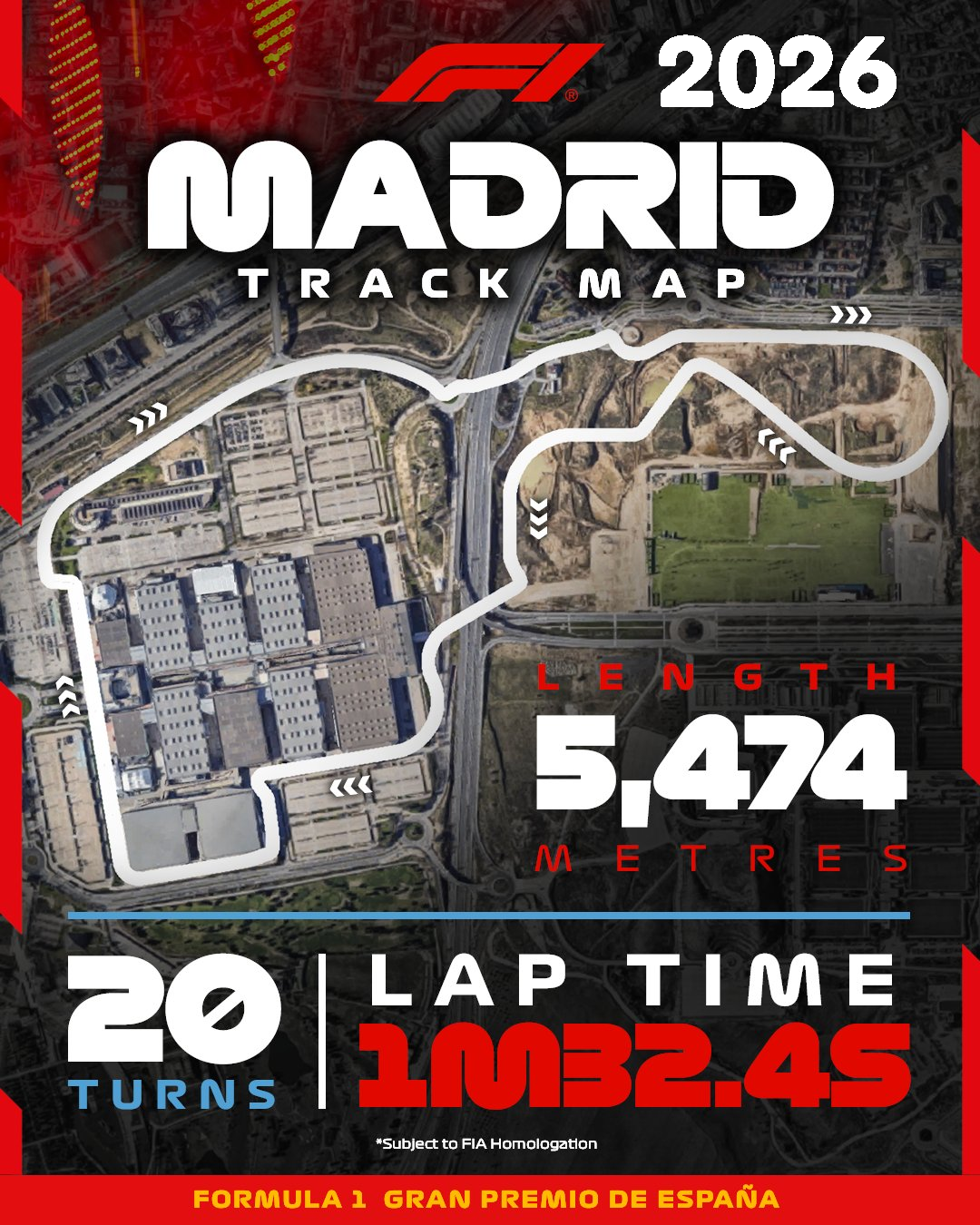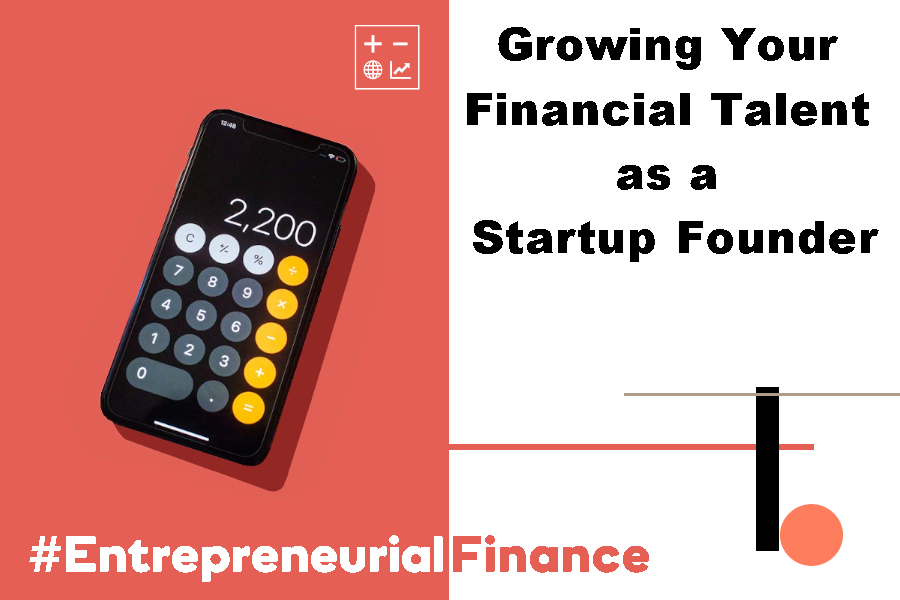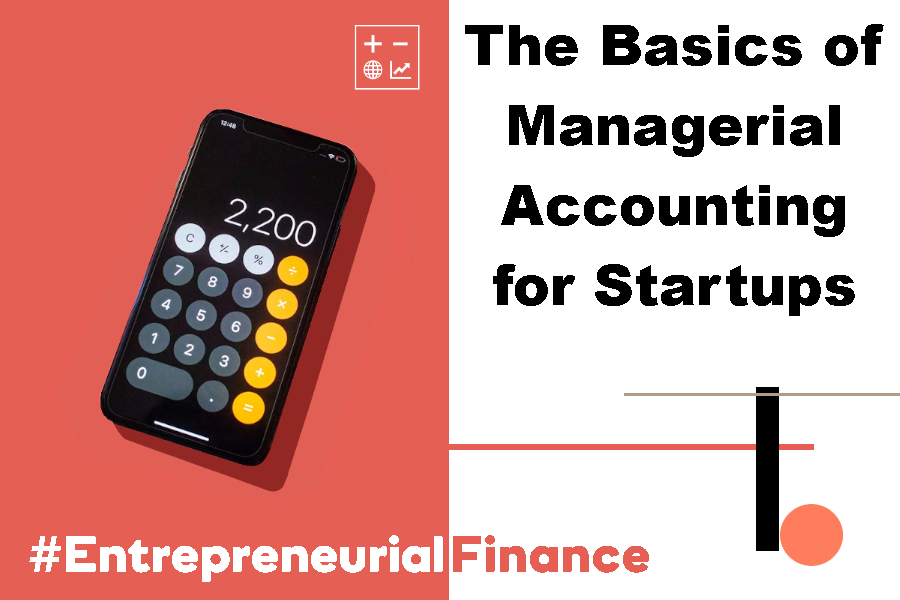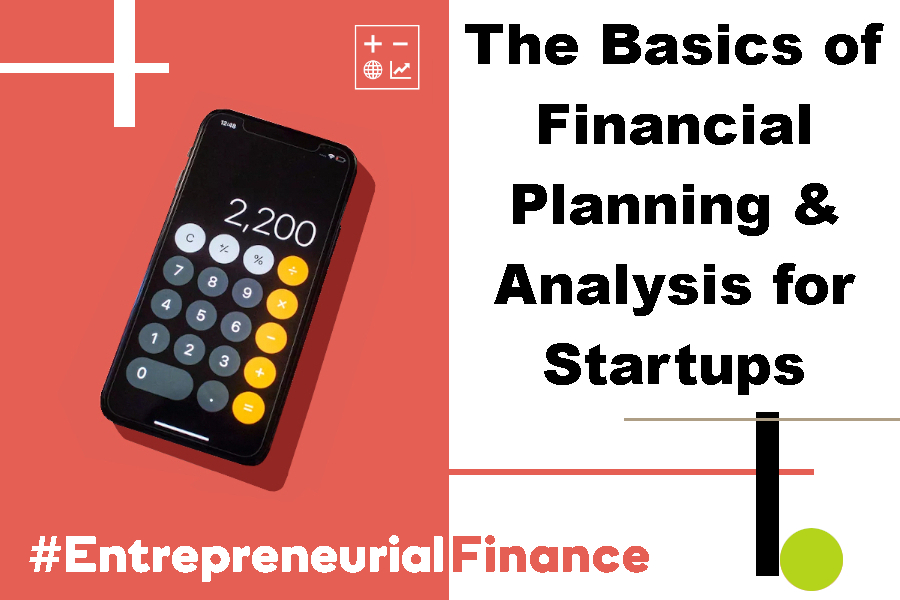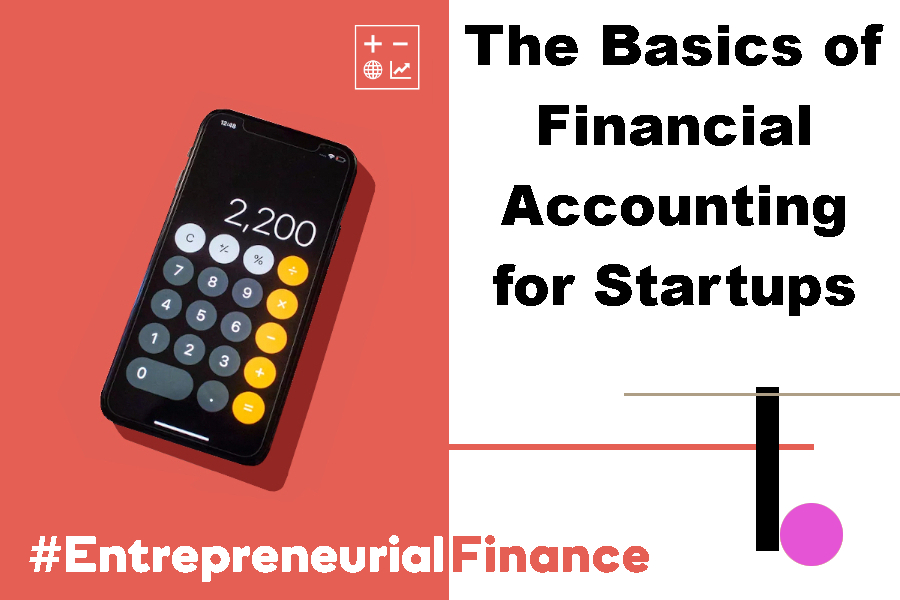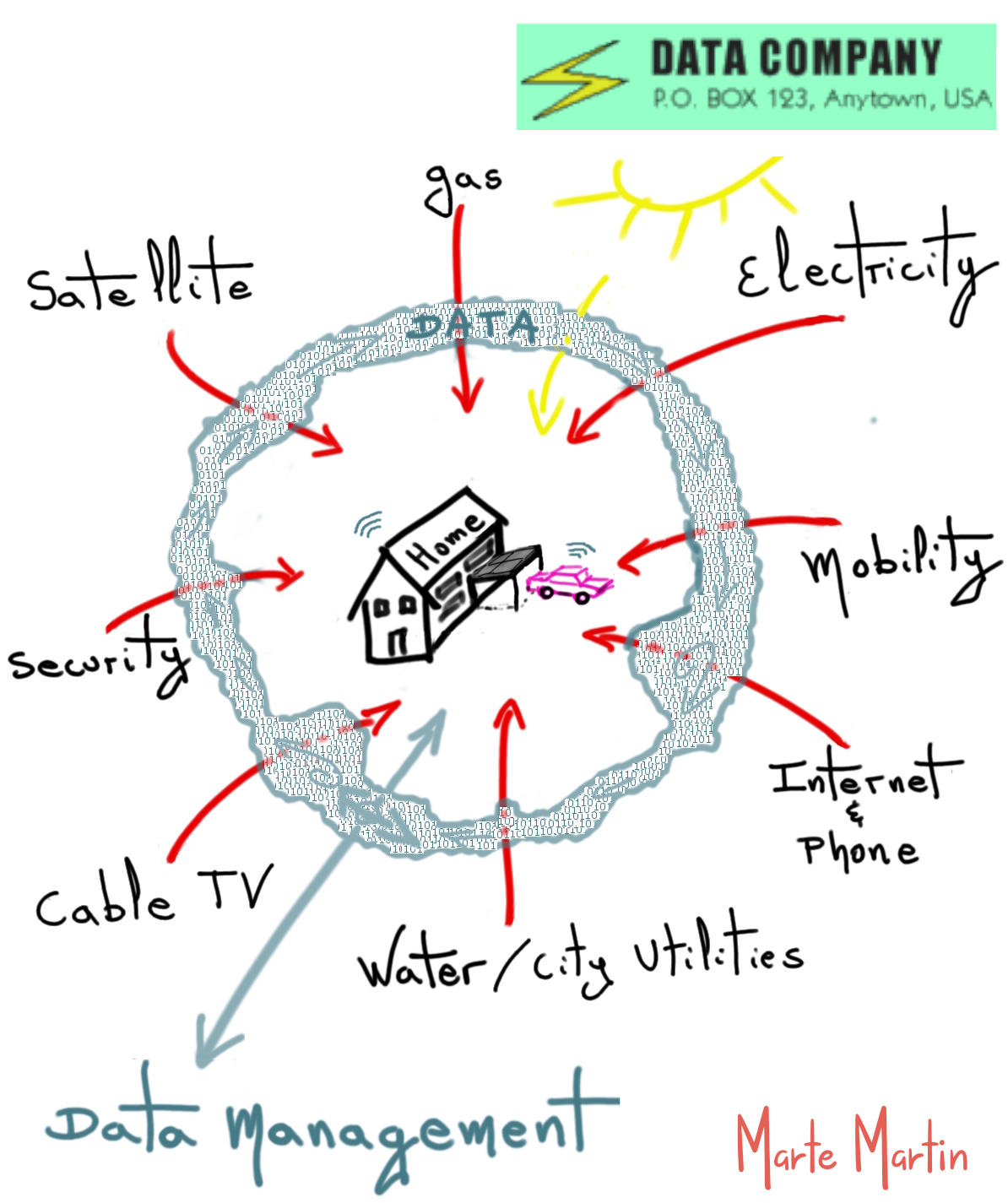|
Industry publication & web-magazine, by Marte Martin |
Access Modern Enterprise & Industry
Protocol by Marte Martin, and guests
About
Marte's web publication was launched in 2016 to provide a fresh, contextual, and practical perspective into the world of modern enterprise & industry.
Sign up to Marte’s email newsletters to stay on top of our publications —including original content, finance & other tutorials, upcoming events, exclusive offers, and all open-source resources.
HD Marte: access the big-picture with capabilities
The Power of Re-branding
From the brand of the electroshock to making a safer world.
On August 9, 2014, Michael Brown, an 18-year-old Black American male in Ferguson, Missouri, was shot and killed by a Ferguson police officer after reportedly assaulting the officer and attempting to steal his weapon, sparking protests and unrest in the city and across the US. In the wake of the tragic fatalities Michael Brown in Ferguson and Eric Garner in Staten Island, attention turned to possible solutions.
There are multitude of reasons why a company might want to rebrand its corporate brand, a product, or a service. Often, companies rebrand to seize an opportunity or prevent threats in the future. At times, companies rebrand in reaction to events that are so significant that the existing brand must be changed. Merger and acquisitions, legal issues or competition are often reasons to rebrand.
For Taser, although they had also been selling body cameras since 2009, It was during that time in 2014 when Taser realized that they could do more than just Taser and have a broader appeal. In the years since, Taser (now Axon) has made huge strides in the body cameras and software market, propelling their image forward in the public eye, and their valuation up in the stock market.
Axon has undergone many structural changes in a relatively short period of time, including ditching the Taser name in April 2017 and re-branding as Axon Enterprise Inc. Most importantly, the rebranding signals a pivot for the business from selling weapons to selling a broad arrange of connected, smart devices 'to make the world a safer place'.
Why Love to Travel
These days, we all must travel because somehow we’ve managed to convince ourselves that traveling is an investment in ourselves we need to make. “Must love to travel” is even a requirement for today’s single person on dating apps.
PR aside, travel does have the potential to cause positive mental change. Research shows that traveling can enhance creative thinking, which in turn can be essential to achieving personal success.
But not all travel experiences will work towards a more creative life nor greater success – how we approach those experiences is critical to result in creative growth, both personally and professionally.
For the most part, traveling means just that: going from one place to another. But since we travel so much, whether we love it or not, and since we 'invest' so much of our time away, we should probably engage in some self-reflection and mindfulness when we think of travel, just like when we do daily exercise, meditation, or recollection of our day.
Churros Go Universal via South Korea
Churros, the traditional Spanish fried dough fritters, have gone global with innovative eateries in Asia, Oceania and now across the world. The history of the 'churro' is long, unclear and venerated, which gives this snack an almost mystical status.
Variations of churros have existed for centuries, spreading mainly across the American continent. Today, churros are making a ‘comeback’ not in Spain but on the other side of the world, across Asia and over the Pacific Ocean.
The fried desert made its debut in South Korea about a decade ago. Since 2010, hundreds if not thousands of ‘churro shops’ have opened and can be easily found in urban hotspots across South Korea, like in popular shopping districts and college towns.
The hundreds of outlets selling churros that were opened during the last few years across the world, the ones which continue to open all over, as well as the entrance of the packaged snacks players gives us an idea of an industry which is worth hundreds of millions of dollars each year, if not a billion-dollar industry.
Growing Your Financial Talent as a Startup Founder
Long gone are the days when finance just reported numbers; in addition to its governance and oversight roles, the finance function increasingly provides operational and enterprise-wide support.
When the time comes that it’s essential to build a permanent and solid financial infrastructure, you want to build from the bottom up. We’ve entered an era where you can rent and not buy everything, and finance talent is no exception.
The increasing magnitude of financial complexity, employee count, revenue, and outside funding are the main drivers of the evolution of the financial infrastructure in the startup.
The most important consideration is to be thoughtful and have a good plan to grow the financial capabilities of your startup.
The Basics of Managerial Accounting for Startups
As a founder, you need to understand and be able to explain the quality of your company’s growth – including growth loops, the rate of customer acquisition, engagement, churn, and monetisation.
Understanding quantifiable measures (metrics) of performance, growth, and customer behaviour should be a priority for any startup founder and their team.
Under conditions of rapid growth, entrepreneurs face unusual paradoxes and challenges, and the management modes required by the companies change.
You can not improve something if it’s not measured. You should be able to translate or interpret everything financially, and the impact on cash flow should be figured out. Forecasts and business plans should be updated on a periodic basis.
The Basics of Financial Planning & Analysis for Startups
So you’ve heard of bookkeeping and accounting, but what is financial planning and analysis (FP&A), and why is it important? This is the second article of a three-part article series on how to think about entrepreneurial finance. This article will provide you with the basics and principles of FP&A.
Accountants record the historical results, and then the FP&A professionals take this information and analyze it and explain the historical performance (the “A” in FP&A). Then they forecast future period results using the insights learned from the analysis (the “P” in FP&A).
The analysis part of FP&A is about understanding the financials of your business, both quantitatively and qualitatively – sometimes finance is not about money.
Entrepreneurs in high-growth companies distinguish themselves with leading entrepreneurial practices in marketing, finance, management, and planning. But often in a new and emerging company, the finance function is nothing more than a bookkeeper or an outsourced accounting firm, and this leads to situations like lack of real cash management.
The Basics of Financial Accounting for Startups
Finance is one of the most basic skills that any business must embrace to be successful, yet, financial know-how, issues, and analysis are often the entrepreneur’s Achilles’ heels. This article is part of a series on how to think about entrepreneurial finance.
Once you’ve made the decision on the methods to be used, and before setting up your chart of accounts, you need to think about what’s important to your company.
There are also many tools that you might be able to integrate with your accounting system, the main thing is to figure out where the bottlenecks are in your financial and accounting systems.
At the core, the finance function is much more than just taking care of payroll or keeping track of the cash, it also does much more strategic things like determining the company’s unit economics, helping define and track the right KPIs to measure business progress, assess the company’s resources, and figure out how to create enough time to get from one key milestone to the next.
Big Data, The New Public Utility
In the minds of most people, perhaps without realizing it, data is becoming just as essential part of daily life as any common utility service. You don't need to be a businessperson or an IT professional to realize that we're currently experiencing great growth in digital content, information, and interaction, and that this fact is having a great impact on our lives.
Yes, another utility bill —another one, just like the kind of utility you might be thinking about: gas, electric, telephone or water. In the big leagues of data management, your franchises (companies) are also worth lots of money, they have the top players in their teams (data scientists, analysts, managers, marketers, designers, software developers, visualization experts), the greatest facilities, and pay for the best services.
There are also many tools that you might be able to integrate with your accounting system, the main thing is to figure out where the bottlenecks are in your financial and accounting systems.
And apparently, this is just the very beginning of a new way of interacting with life. We are only now beginning to expect to have data delivered to us with the same consistency, reliability and at relative low prices as the utilities most use. We will consume data in a seamless manner, and our relationship with data will be complementing and a natural one.
Professional ball player Lonzo Ball with his BBB ZO2s. SOURCE: SLAM Magazine
Sneaker Whisperers
The history of the sneaker began in the 1950s when kids began wearing them as fashion statements. Since then, innovative communication has turned sneakers into hyper-sensical objects, redefining how we value shoes.
How technologies are being combined today is transforming the way things are being made and sold, and information technology –specifically– is opening opportunities in industry for new and smaller companies.
Even though the sneaker sector is one of the hardest to break into, Sneaker Whisperers are changing the world of sneaker-marketing by creating new and stronger relationships with shoppers.
In the world of shoes, Sneaker Whisperers' ability to create connections with others through a story becomes their main source of competitiveness within the industry. Today, sneakers embody more than footwear or fashion, they increasingly represent a sense of belonging which many of us naturally value and will pay for.
| A ACCESS | ESP |
'Techno Viking' fue un fenómeno de internet y uno de los primeros memes virales, llegando a convertirse en un icono cultural mundial.
El Arte del Gráfico
La comunicación gráfica ha sido parte de la humanidad desde el comienzo de los tiempos y su uso no deja de crecer. Las banderas nacionales, por ejemplo, se emplean desde hace siglos para simbolizar un país o nación, y están diseñadas para transmitir una gran cantidad de significado de manera rápida.
La 'aparición' de la web en los años 90 hizo posible el cruce de diferentes disciplinas de sistemas de información, tecnología y diseño. Y en los últimos años, hemos visto como la gama de dispositivos por los que se pueden ver las aplicaciones web ha proliferado de forma espectacular, permitiendo que el público en general tenga acceso a áreas de comunicación visual que antes sólo eran accesibles para los expertos.
Debido también a los avances tecnológicos de la última década, ha habido una explosión en la popularidad de la visualización de datos, permitiéndonos acceder a grandes cantidades de datos de forma rápida y que de otra manera no sería posible.
La renovada era de la información y el ritmo creciente de la sociedad nos lleva mas allá de lo táctil y lo bi-dimensional, para adentrarnos en un ámbito digital de espacio virtual e interactividad. Ahora todos tenemos acceso al conocimiento de manera fácil, eficiente y muy rápida.


